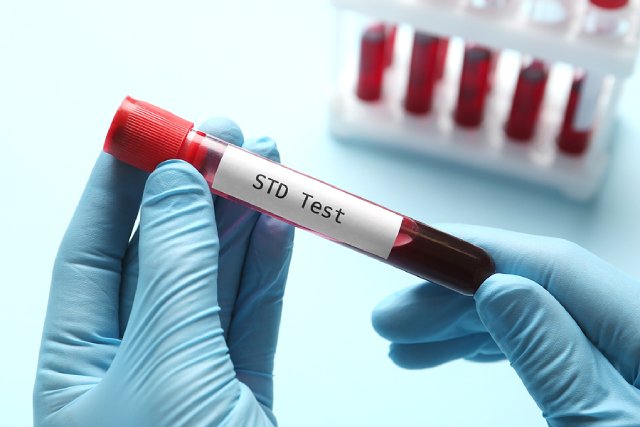6 Things You Should Know Before Getting an STD Test
First and foremost, if you are sexually active and not in a monogamous relationship, you are at risk of sexually transmitted illnesses and should be screened. And yes, this is true even if you do not have any STD symptoms.
Why should you be concerned about STDs if they usually do not create symptoms? Aside from the pain, skin sores, and other symptoms that may develop, you could infect your partner. Even if your partner is asymptomatic, both of you may be at a higher risk for serious consequences such as arthritis, infertility, or some cancers—particularly cervical, anal, or throat cancer.
It's also worth noting that "sexually active" includes persons who solely have oral interactions—either giving or receiving. Oral intercourse can transmit syphilis, herpes simplex, gonorrhea, and, potentially, chlamydia.
1. “Testing” isn’t quite the same as “screening”
While the phrases "testing" and "screening" are sometimes used interchangeably, they are not the same. If you exhibit symptoms of an STD, such as sores on your genitals, your doctor will do testing. Screening occurs when your doctor determines that your sexual behavior deserves a check, even though you do not have any symptoms.
2. Different STDs—and kinds of sexual activity—can change your doctor's screening methods
Unfortunately, a single blood or urine sample is insufficient to inform your doctor whether you have an STD. Syphilis and HIV require blood samples for testing, but gonorrhea and chlamydia may require a urine screen, a throat swab, a rectal swab, or all three. The same is true for herpes. If you have a lesion, you will need to swab it for testing. If there is no lesion, you will be given a blood test. You may need to take a series of tests to guarantee that you are STD-free.
If you engage in unprotected oral, anal, or vaginal sex, each of these behaviors may necessitate a different screening or testing approach to detect an STD. For example, if you're having unprotected oral and vaginal sex and your doctor is concerned about gonorrhea, you should have a urine test and a throat swab. If you only have a urine test for gonorrhea, your doctor may overlook an infection in your throat.
This is significant since many people are reticent to inform their healthcare providers about their unique sexual behaviors. Physicians are generally embarrassed to inquire about oral and anal sex.
3. Urethra swabs (shudder) are a thing of the past
There was a time when some STDs needed men to insert a cotton swab into their urethra—the hole in the tip of their penis. Fortunately, those days are over. Men found urethral swabs uncomfortable or frightening, but now all STD testing is urine-based.
4. Insurance covers everything
Insurance covers STD screening and testing in a doctor's office. Furthermore, most cities and large towns provide free STD screening and testing services.
While every STD test obtained from your doctor is protected by doctor-patient privacy rules, the results are retained in your medical record. If you are uncomfortable with that or talking to your doctor about STDs, clinics that offer anonymous testing are an excellent option.
5. You don’t have to do anything before being screened
You do not need to skip meals or anything else before an STD screening. However, there is one exception: if you need to provide a urine sample, you should refrain from peeing for two hours before the "deposit." During these pee tests, we check for DNA from the STD bacterium. If you urinate too close to your test, you are ridding your urethra of the DNA buildup. For the same reason, avoid peeing in the toilet before taking your sample. We want to test the urine that contains the most DNA in the beginning.
6. You’ll get your results pretty quickly
It should not take more than 48 hours to receive your results. You may be required to phone a number or log into a secure website. Alternatively, if you visited your doctor's office for testing, they may contact you with the results.
